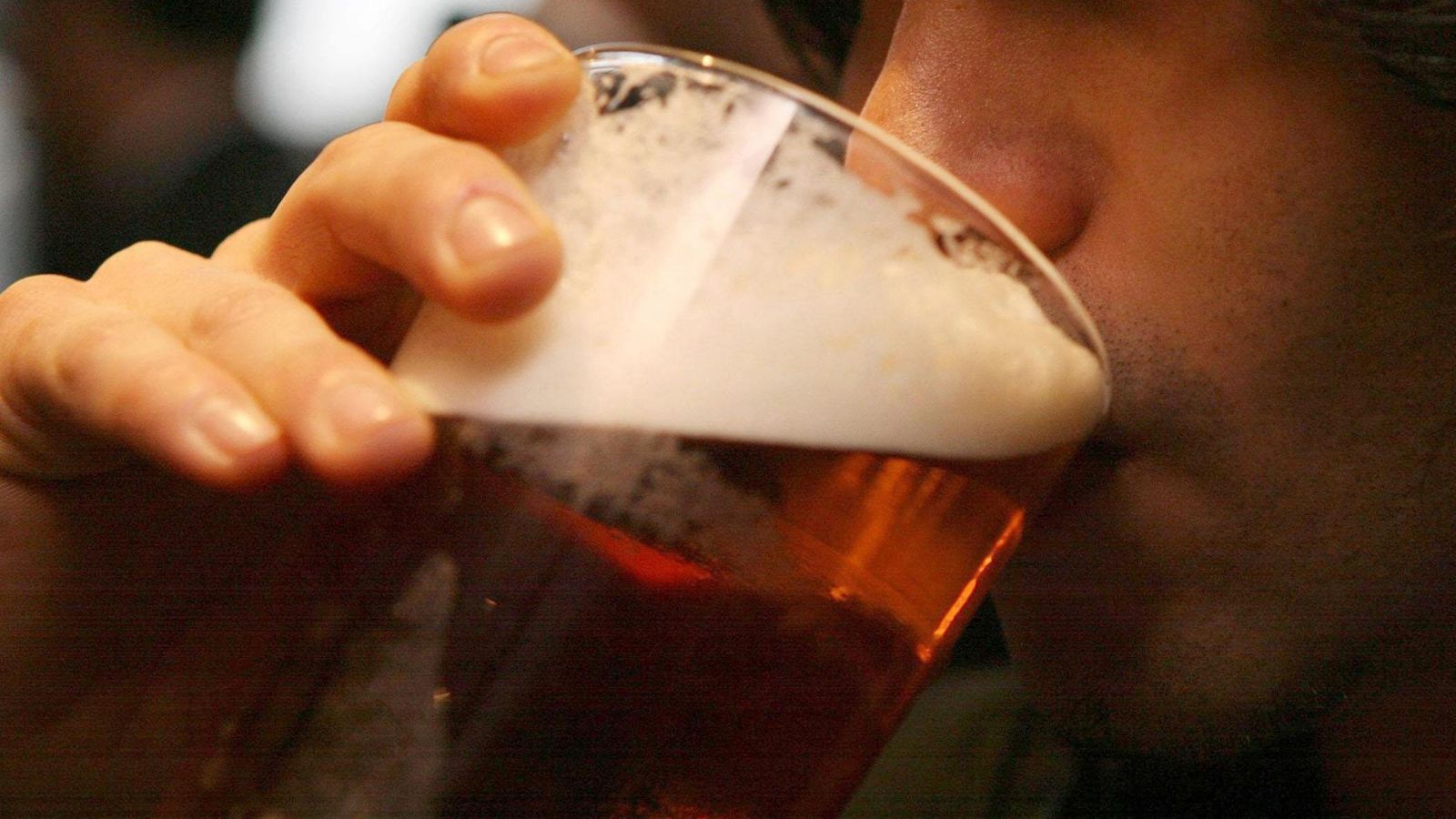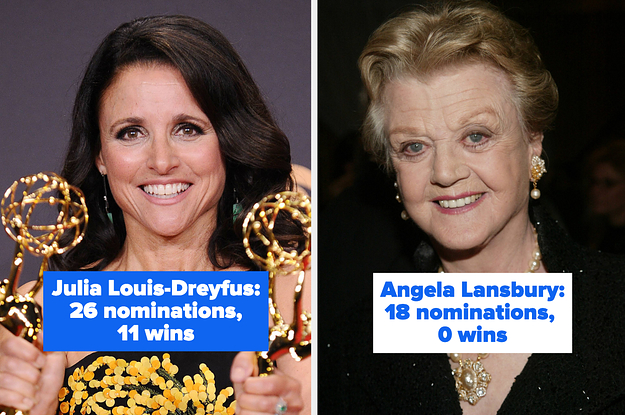Scientists have debunked a theory that the “beer goggles” effect is due to drinkers finding someone more attractive because their faces appear more symmetrical under the influence.
Researchers from the University of Portsmouth questioned 99 men and women aged between 18 and 62 in a pub to test how people rate looks after a few drinks.
But the study, published in the Journal of Psychopharmacology, found that while alcohol did impair face symmetry detection, it did not influence judgments of attractiveness.
Be the first to get Breaking News
Install the Sky News app for free
A spokesperson said: “The term ‘beer goggles’ has been used for decades to describe when a person finds themselves sexually attracted to someone while intoxicated, but not sober.
“One possible explanation for the effect is that alcohol impairs the drinker’s ability to detect facial asymmetry, thus making potential partners more visually appealing.
“Existing research has shown that a part of what makes people attractive to others is how well both sides of their face match.
“The thinking goes, the more symmetry the better the gene pool. But when alcohol is introduced, it’s thought a person is less likely to notice if the faces around them are non-symmetrical.
Scientists reveal why drinking red wine can give you a headache
Smartphones may be able to detect how drunk a person is based on their voice, study finds
‘World’s oldest whisky’ going on sale at £10K per bottle after being found hidden in castle
“However, a new experiment found that while alcohol did impair face symmetry detection, it had no influence on facial attractiveness judgments.”
Dr Alistair Harvey, from the university’s department of psychology, said: “Alcohol is a strong predictor of sexual behaviour, often consumed before or during dates.
“There are a range of possible reasons why alcohol drinkers are more inclined to engage in sex, including a lack of inhibition, heightened expectations, personality traits, and the beer goggles effect.
“Due to the limited research on this topic, we ran a field experiment to help determine why people often experience unexpected, and regretted, sexual escapades after having one too many.”
Read more from Sky News:
Two men killed in Croydon fire
New Years Honours list revealed
UK braces for more extreme weather
Dr Harvey said that an explanation for the findings could be that attractiveness depends on many factors rather than just the small effects of face symmetry.
He said: “We don’t deny the existence of a ‘beer goggles’ effect but we suspect it would be more easily detectable when using live models for an experiment, instead of static photographs.
“Images conceal a range of important visual criteria for attractiveness, including build, body shape, height, expression, and clothing.
“Therefore, further research is needed to find the missing piece to the puzzle.”








